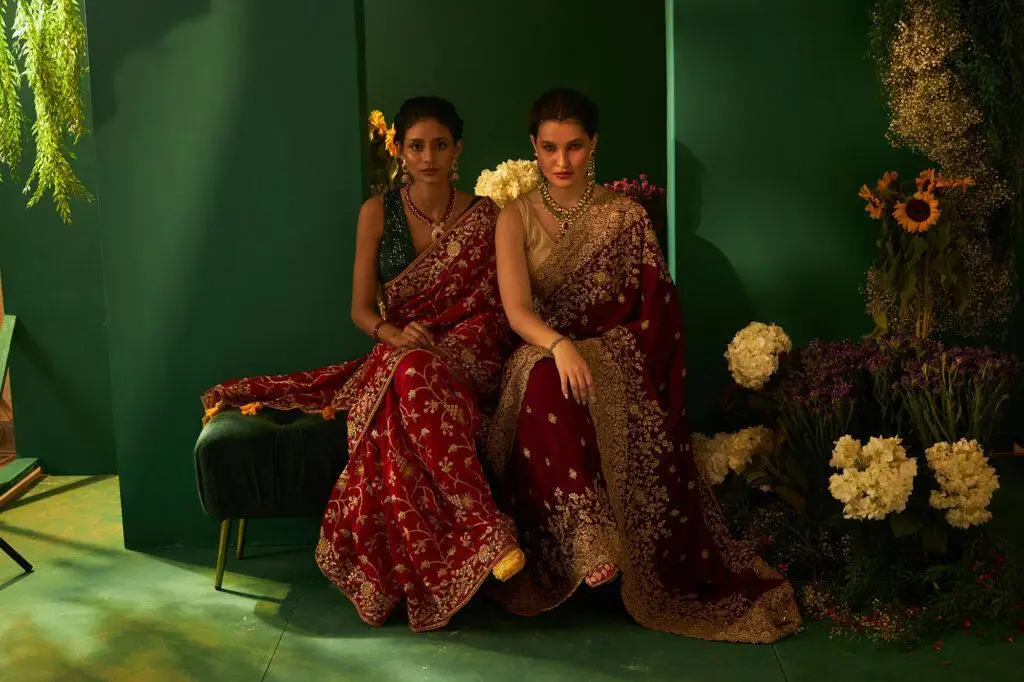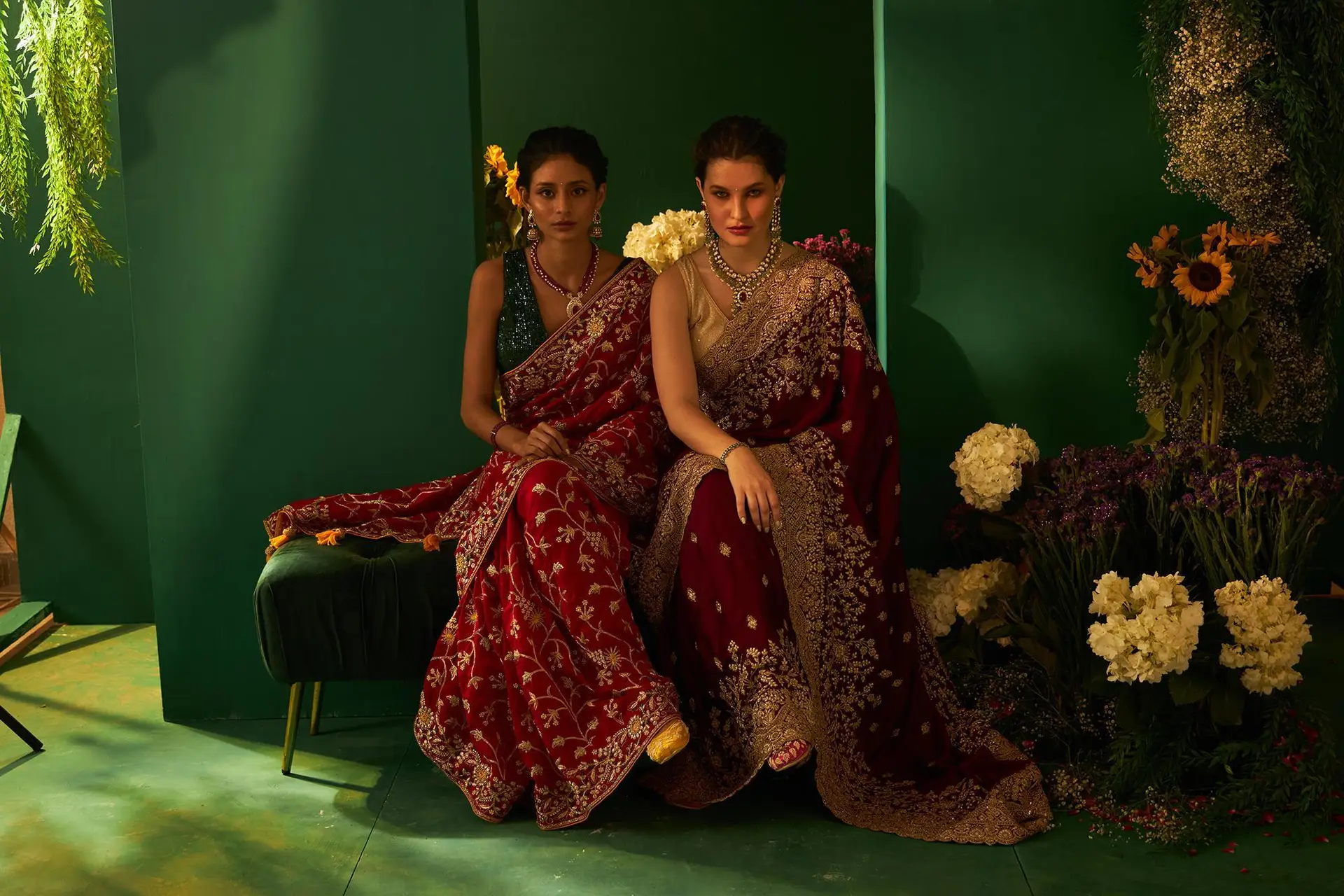
Introduction:
Saree, a garment that has stood the test of time, continues to enthrall fashion enthusiasts with its grace and versatility. Originating from the Indian subcontinent, the saree has evolved over centuries, adapting to contemporary styles while retaining its cultural significance. In this blog, we delve into the rich history of sarees and explore the current trends that are reshaping this iconic attire.
The Timeless Legacy:
Dating back to the Indus Valley Civilization, sarees have been an integral part of Indian culture. The earliest depictions of sarees can be found in ancient sculptures and texts, highlighting its enduring presence in the region. Over the centuries, different regions of India have developed their unique weaving techniques, patterns, and fabrics, giving rise to a diverse range of saree styles.
The Timeless Legacy:
From the traditional Kanjeevarams of South India to the delicate Banarasi sarees of the North, each region boasts its distinct saree heritage. The saree has also made its mark on the global fashion stage, with designers experimenting with innovative drapes, fabrics, and embellishments, catering to the tastes of a wider audience.
Current Trends in Sarees:
1. Contemporary Weaves: Modern saree designers are exploring unconventional fabrics like georgette, crepe, and silk blends, offering a lightweight and comfortable alternative to traditional sarees.
2. Fusion Styles: Fusion sarees, combining elements of different cultures, are gaining popularity. This trend has given rise to Indo-Western sarees, perfect for those seeking a blend of tradition and modernity.
3. Digital Prints: Technological advancements have paved the way for intricate digital prints on sarees, allowing for creative designs and vibrant colors that appeal to the younger generation.
4. Minimalistic Elegance: Embracing minimalism, many saree enthusiasts are opting for subtle designs, clean lines, and muted colors, highlighting the understated beauty of the garment.
5. Sustainable Sarees: With a growing focus on sustainable fashion, eco-friendly fabrics, and ethical production processes, sarees made from organic cotton, silk, or handloom materials are becoming increasingly popular.
6. Intricate Embroidery: Elaborate embroidery techniques like zari, thread work, and sequins are adding a touch of opulence to sarees, making them suitable for special occasions and weddings.
Conclusion:
The saree, with its timeless charm and adaptability, continues to be a symbol of grace and elegance. As we celebrate its rich history and embrace the evolving trends, we find ourselves immersed in a world where tradition seamlessly intertwines with contemporary fashion. Whether worn at weddings, festive occasions, or casual gatherings, the saree stands as a testament to the enduring allure of cultural heritage and sartorial craftsmanship. As fashion enthusiasts and designers continue to experiment with this iconic attire, the saree remains a canvas for creativity, ensuring its legacy lives on for generations to come.

